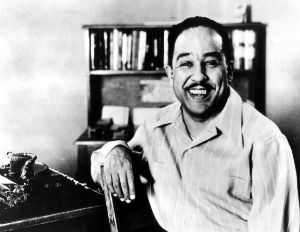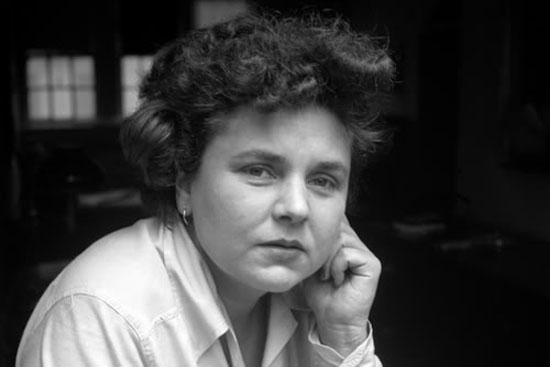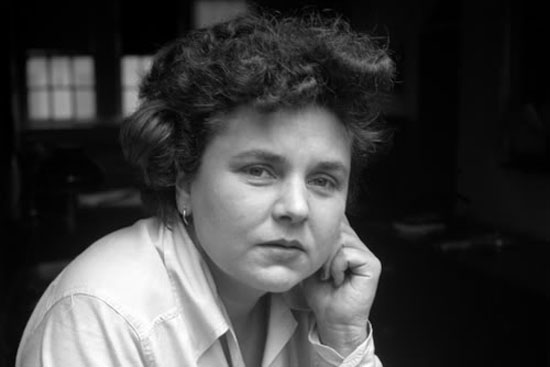
Langston Hughes was greatly influenced by the theory of ‘double-consciousness’ proposed by W. E. B. DuBois, the first African-American to earn a doctorate. Hughes and DuBois were contemporaries, and both played major leading roles during the Harlem Renaissance. Thus, this kind of mutual influence-sharing was only natural. DuBois’ theory said that African-Americans resented being discriminated… Continue reading Dream Boogie Analysis by Langston Hughes

‘Daybreak in Alabama’ was first published in 1940 in a journal called Unquote that was brought out of Yellow Springs, Ohio. There is no identifiable rhyme scheme in the poem. It is written in free verse. However, this does not in any way take away from Hughes’s poetic craft, since each line flows beautifully and… Continue reading Daybreak in Alabama Analysis by Langston Hughes

‘Daybreak in Alabama’ speaks about two kinds of aspirations, both of which were also important to the African-American poet Langston Hughes (1902-1967) in his real life. The first aspiration is explicitly stated within the space of the poem – that of becoming a musical composer. It is well known that Hughes was interested in the… Continue reading Daybreak in Alabama Summary by Langston Hughes

Written in the form a sestina, ‘A Miracle for Breakfast’ has a complex structure. In a sestina, the last word of each line in the first stanza is repeated in varying order in the next five stanzas, ending with the three-line seventh stanza known as an ‘envoi’ involving all six repeated words. In ‘A Miracle… Continue reading A Miracle for Breakfast Analysis by Elizabeth Bishop

Elizabeth Bishop (1911-1979) is an American poet who lived through both the First World War and the Second World War, as well as the Great Depression. She not only observed the unemployment and poverty of millions in America, but also experienced it in her own life. This helps her to write poignantly about loss. ‘A… Continue reading A Miracle for Breakfast Summary by Elizabeth Bishop

Far reaching, obscure symbolic associations are rare in Synge and in Riders his imagination works within the realm of the life and culture of the Aran people. Spending his summers in the barren landscape of Aran imbibed in Synge the strong note of fatalism which enveloped the existence of the Araners. The consequent philosophy that… Continue reading Riders to the Sea Symbolism






“The poetry of exaltation will be always the highest: but when men lose their feelings for ordinary life and cannot write poetry of ordinary things, their exalted poetry is likely to lose its strength of exaltation in the way that men cease to build beautiful churches when they have lost happiness in building shops…” So… Continue reading Riders to the Sea as a Poetic Drama






“The only possible beauty in drama is peasant drama” – so says Synge in his preface to The Playboy of the Western World. Synge was in a favor of a vital regionalism in literature and his commitment to the Irish dramatic revival was unmistakable. On the suggestion of W.B Yeats we went to the Aran… Continue reading Riders to the Sea Theme and Central Idea






Tragedy is remarkably economical in its exploitation of great visual archetypes – those stark icons which radiate behind the tragic action and illuminate the universal agony within the private grief. Of all such icons, the most poignant is perhaps, that of “Pieta” – the image of sorrowing Mary mourning her dead son – an icon… Continue reading Riders to the Sea Notes and Explanations






Synge’s Riders to the Sea has a unique place in dramatic history. The essence of its uniqueness lies in the creation of a true tragedy within its boundaries of a one act play. At first sight, the plot would seem too trivial and the characterization too faintly sketched to enable the playwright to build up… Continue reading Riders to the Sea Analysis and Summary




